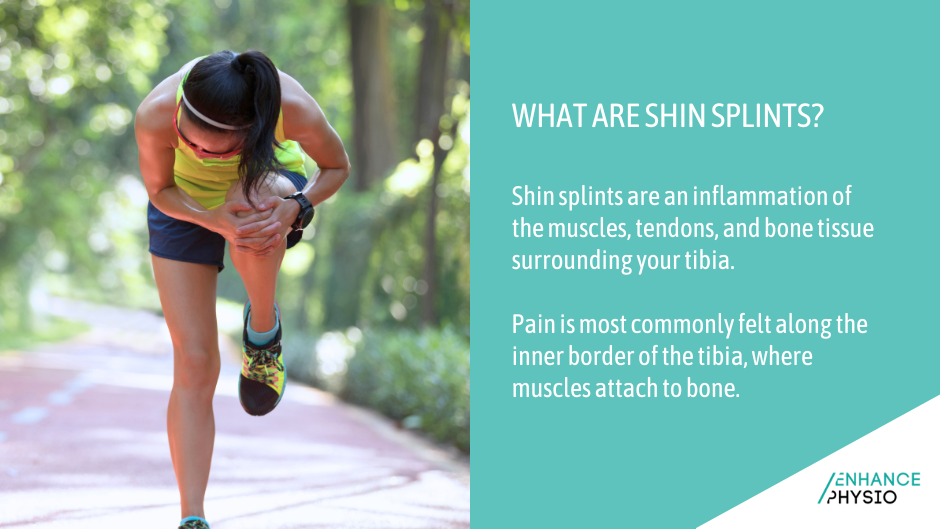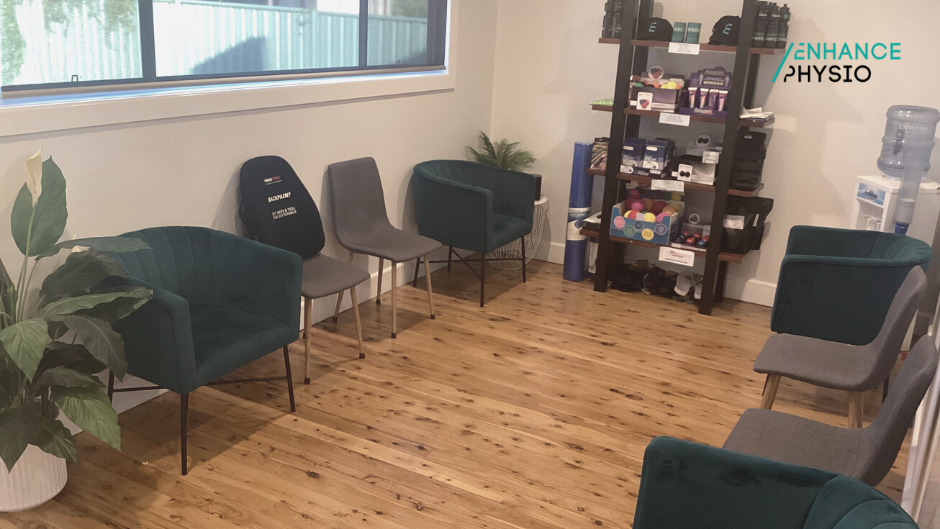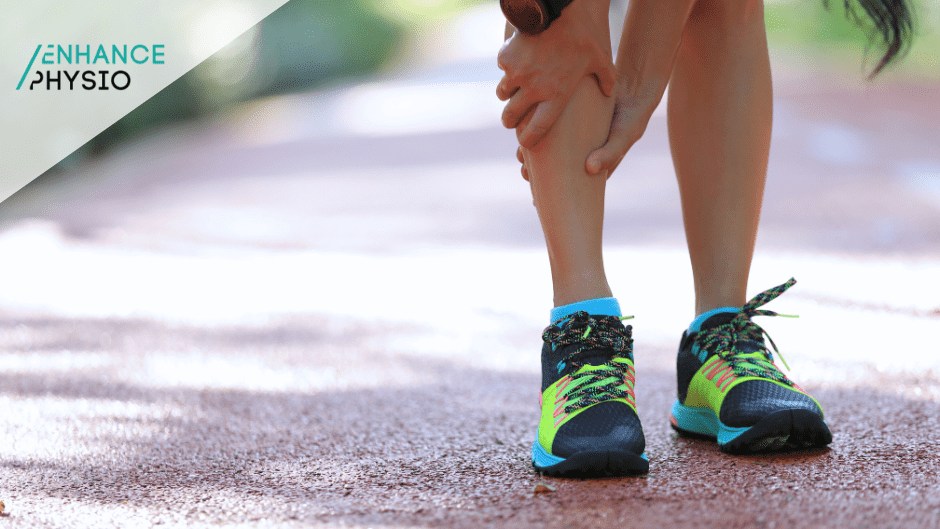Are you tired of dealing with the pain and discomfort of shin splints? Have you tried various treatments without success? Physiotherapy may be the answer you’ve been looking for.
Shin splints, also known as medial tibial stress syndrome, is a common condition that affects athletes and those who engage in high-impact activities. It is characterised by pain along the shin bone, which can be debilitating and hinder your ability to participate in physical activities.
While rest and ice can provide temporary relief, physiotherapy offers a more comprehensive and long-term solution for shin splints. Physiotherapy can address the underlying causes of shin splints and help you regain strength and mobility through exercises, stretches, and hands-on techniques.
If you’re tired of living with shin splints, it’s time to explore the benefits of physiotherapy.
What are shin splints?
Shin splints are a common lower limb injury in individuals who run or impact sports. “Shin Splints” is a collective term used to describe several conditions that fall under “Medial Tibial Stress Syndrome” (MTSS). Shin splints are an inflammation of the muscles, tendons, and bone tissue surrounding your tibia. Pain is most commonly felt along the inner border of the tibia, where muscles attach to bone.
There are two areas in which you can experience shin splints:
- Anterior Shin Splints (Front – Outside)
Anterior shin splints are located on the front part of the shin bone and involve the tibialis anterior muscle. The function of the tibialis anterior muscle is to lift and lower your foot. Then it lowers your foot to prepare your feet for the standing phase.
- Posterior Shin Splints (Front – Inside)
Posterior shin splints are located on the inside part of the shin bone and involve the tibialis posterior muscle. The tibialis posterior lifts and controls the inside aspect of your foot/arch during the standing phase.

Common causes of shin splints
Shin splints occur when the leg’s muscle and bone tissue (periosteum) become overworked due to repetitive activity.
Abrupt changes in physical activity frequently cause shin splints. These can be frequency changes, such as increasing the number of weekly exercise days. Shin splints can also be caused by changes in duration and intensity, such as running longer distances or on hills.
The following factors can also cause shin splints:
- Having flat feet or arches that are abnormally rigid
- Exercising in inappropriate or worn-out footwear
- Runners are most likely to develop shin splints. Other groups frequently diagnosed with the condition include dancers and military recruits.
Common symptoms of shin splints
The condition commonly presents in both legs simultaneously, with one leg often being worse than the other. At first, discomfort may only be present at the beginning of exercise and tend to “warm up” during exercise, but then reappear once cooled down after activity.
As the condition progresses, the pain stays during activity and can be severe enough to limit the person from continuing activity. The pain may also last hours after activity at this stage.
Individuals often describe a dull, aching pain in the front and inside aspect of the lower leg, which can progress to sharp shooting pains with running and impact.
The inside and front of the shins are often tender to touch and, depending on the cause and severity, will determine the extent and pain location.
Individuals often experience a feeling of tight or fatigued calves while exercising and may have some associated foot pain.
Common risk factors for shin splints
- Females are 2-3x more likely to develop shin splints compared to males
- A sudden increase in training (frequency, intensity, duration)
- Insufficient rest between loads
- Running, impact sports, or sports on hard surfaces
- Changes in footwear/inappropriate footwear
- Foot type
- Weak/inactive muscles
- Decreased ankle mobility
- Biomechanical abnormalities and training errors
What should I do if I get shin splints?
Treatment is dependent on the underlying causes identified by your physiotherapist. Our physiotherapists complete a thorough biomechanical assessment to determine the cause of your shin splints and further tailor an appropriate individualised rehabilitation program.
We can assist you in recovering safely by advising you on the following:
- Exercises for strength and conditioning.
- Exercises in flexibility.
- Orthotics, to stabilise your feet and absorb shocks.

Final thoughts on physiotherapy for shin splints
Addressing shin splints early is vital to prevent them from progressing into a more severe grading or bone stress response or stress fracture injury, which requires rest from impact activities such as running for long periods of time.
There are many different causes of shin splints. Therefore you must be assessed by a physiotherapist to determine the underlying causes and develop an appropriate rehabilitation program.
A graded running/training program and screening for mobility and muscle imbalances significantly reduce the risk of developing this common injury.





